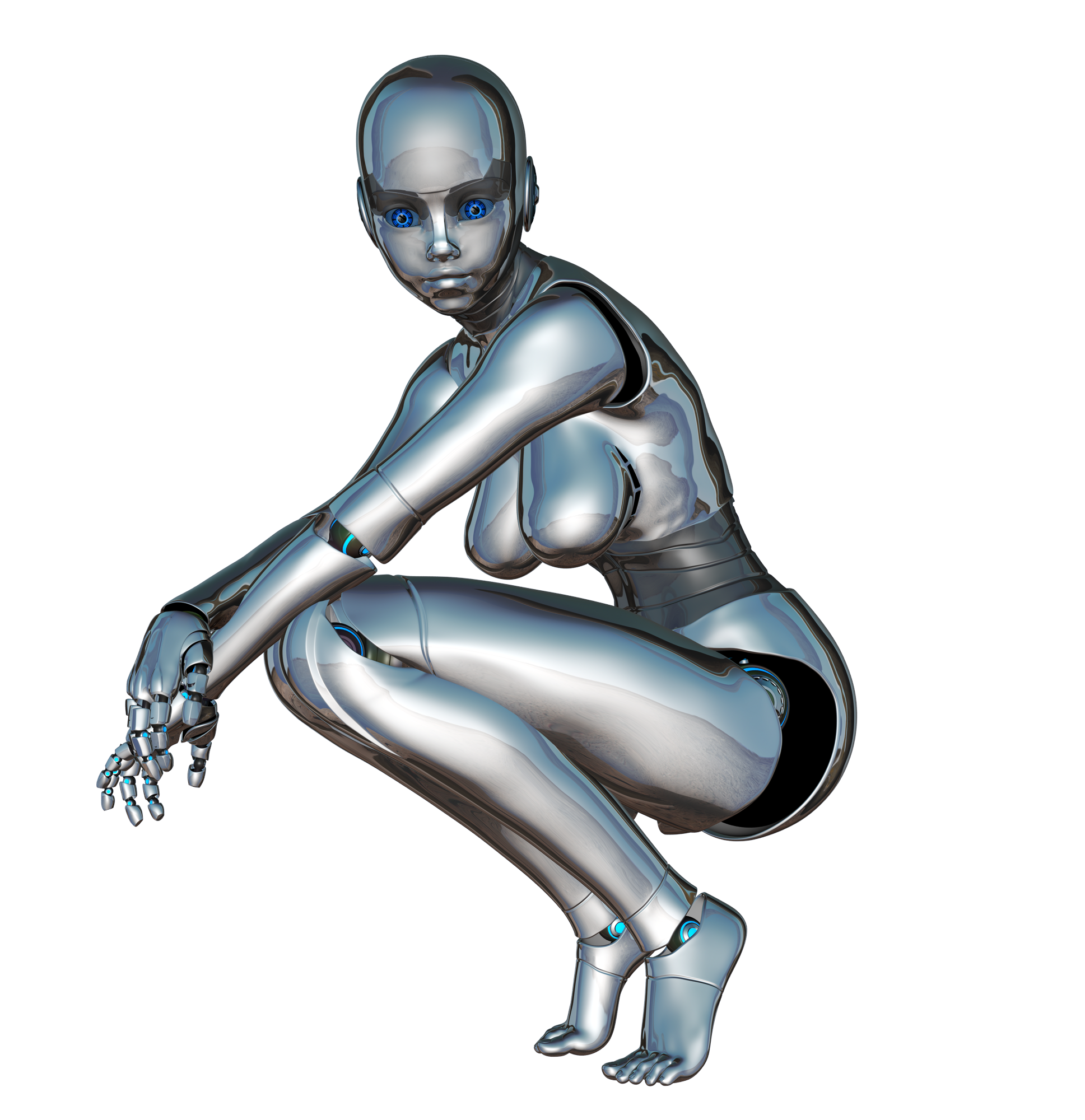Product design- Check. Manufacturing – Check. Inventory and distribution- Check. Retail and virtual merchandising- Check. Sustainability in fashion- Check. High-tech trends- Check.
You name it, and it’s there- the internet is flooded with all sorts of disruptive technologies already imbibed or waiting to be imbued into the fashion emporia. Be it the sewing machine or the e-commerce platform, innovations are the engines of fashion. Being one of the largest industries in the world, fashion is seizing the opportunity to create multiple revenue streams and business models. Thus, snapping up startups and partnering with tech providers seem like a step in the forward and right direction.
The pressing needs and demands of an ever-transforming globe put fashion at a threshold of experimentation and application of processes that produce sustainable ends and help it retain its worth in the value chain.
It’s time to reexamine and dive into the trends and techs which are reshaping this treasured profession.
AI is generating out-of-the-box prototypes for products and creating designs based on algorithms of users’ interests and style preferences.
It’s what Google and Zalando teamed up for! Right?

Machine learning algorithms analyze the collected data to create garment patterns that reduce fabric waste and these 2D patterns are used by the designers to produce fashion patterns with the help of computer-aided design (CAD).
A constant stream of fresh designs through influencer marketing has helped boost sales of brands like Boohoo, Shein, Zara, and H&M to name a few. Tools like “See Now, Buy Now” used on social platforms like Instagram and Pinterest have translated to strong sales for many fashion brands.
Product development lab testing center is what fashion biggies like the likes of Gucci are relying on now to produce prototypes and sample activities for goods and packaging. This gives the brand greater control over product development, sampling, and material development.
Automation and robotics are stepping into fashion manufacturing and in stocking and transporting inventories. The future is full of speculations where soft robotics can be seen infiltrating garment making. Startups are combining hardware and software to come up with automated sewing machines.
Specialized cameras and computer vision software are used by Sewbots to track individual threads at 1,000 frames per second. Sewbots are equipped with robotic arms, vacuum grippers, and specialized “micromanipulators” that can guide a piece of cloth through a sewing machine with submillimeter precision. Now, this is something!
In a digital world, one can’t think of the very basic essential, i.e., clothing to be left untouched by the digital tech. Barcodes are being replaced by digital cataloging that’s made possible through RFID tags; which are cheap, battery-free smart stickers that use signals from some distance away.
Blockchain-based traceability helps brands provide visibility into the environmental and labor conditions. Non-Fungible Tokens (NFT) – the unique digital assets which are tracked and verified using blockchain tech- represent the ownership of the product. Such tokens entail info about product designs, colors, and other attributes.
Digital avatars modeled after the customer’s body shape and size are created using 3D visualization tools like Perfectly. The first step in the virtual fitting process- body scanning is made possible through 3DLOOK tech.
Sustainability can’t be overlooked while we talk about fashion. Depop, thredUP, and Poshmark are resale and consignment platforms that allow people to buy and sell used and popular clothes, thereby channelizing the circular economy.
With automation and responsive techs overtaking the traditional roles of the fashion industry, more options in form of a wave of manufacturing processes, distribution channels, and much more will lead to brands opening up to hyper-personalized products and experiences.

